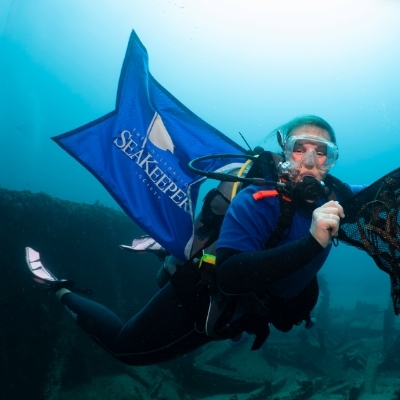Competitive Angling as a Scientific Tool: AI Learning from Images of Fish
Project Overview:
Researchers from the University of Portsmouth are developing an AI tool to support sustainable fishery management. This tool will use photos of fish collected by citizen scientists to automatically identify the species and measure key physical attributes. By standardising image analysis procedures, the tool will help track fish populations and promote healthier marine ecosystems.
Program Partners
- University of Portsmouth
- Angling Spirit
- The Southern Inshore Fisheries and Conservation Authority
Location
- United Kingdom
Expected Time Frame
- Ongoing - March 31, 2025
Citizen Science activity parameters listed above are flexible and negotiable.
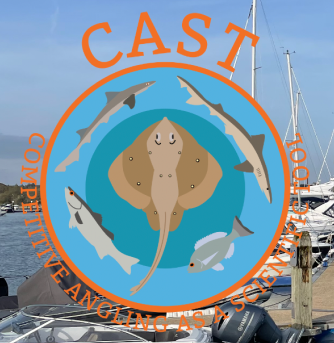
Background:
Citizen Science initiatives allow fishery researchers to conduct large scale data collections that provide valuable insights into local fish population dynamics. In this project, recreational and competitive anglers can contribute valuable photos of fish that will improve scientists’ understanding of population sizes, locations, and overall health. However, analysing these photos to get reliable scientific information can be challenging.
To solve this, the research team is using AI technology to standardise and analyse images of five fish species: bass, black bream, skates/rays, smoothhound, and tope. This technology will help extract details from each photo, such as identifying the species and taking physical measurements. While many images have come from a sea angling competition in the Solent, the team welcomes photos of these fish taken anywhere in the UK. For accuracy, photos should show the fish on a measurement board or beside a measuring tape.
Mission:
This project aims to create an accurate AI tool that researchers and conservationists can use to help sustainably manage fish populations. By contributing fish photos (including length measurements) to the project, Citizen Scientists will continue to help the AI tool learn and improve, creating a more accurate and valuable resource. Once established, this tool will make it faster and easier to gather important ecological data, which can then support sustainable fisheries management.
Applications:
While this will not be directly used in legislative action, researchers intend for the AI tool to be used by fisheries to collect ecological data which can support the development and continual improvement of conservation management plans.
How to Participate:
To participate, contact SeaKeepers’ UK team by emailing Director of International Relations, Gill Rodrigues, at gill@seakeepers.org. Participants will receive a survey link to share photos with researchers from the University of Portsmouth.
Get Involved
If you’re interested in learning more about this specific program opportunity, please reach out to our team below to find out more about this program or get involved in other opportunities with SeaKeepers.
Explore More Opportunities
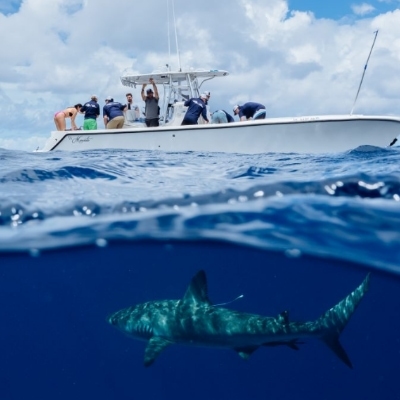
At-Sea Opportunities
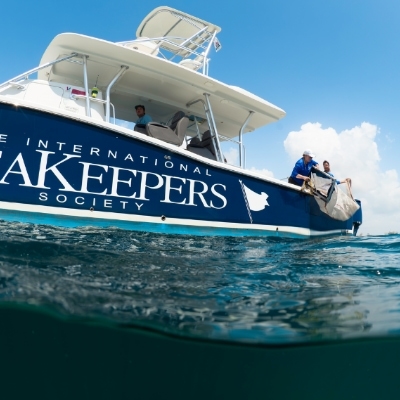
Citizen Science Opportunities
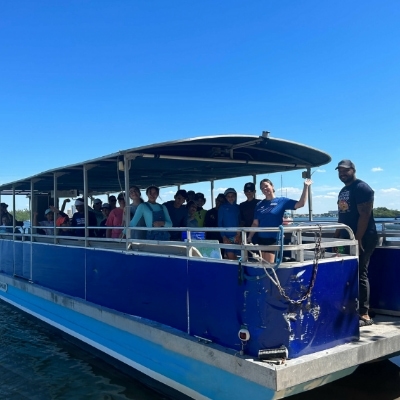
Education Opportunities
